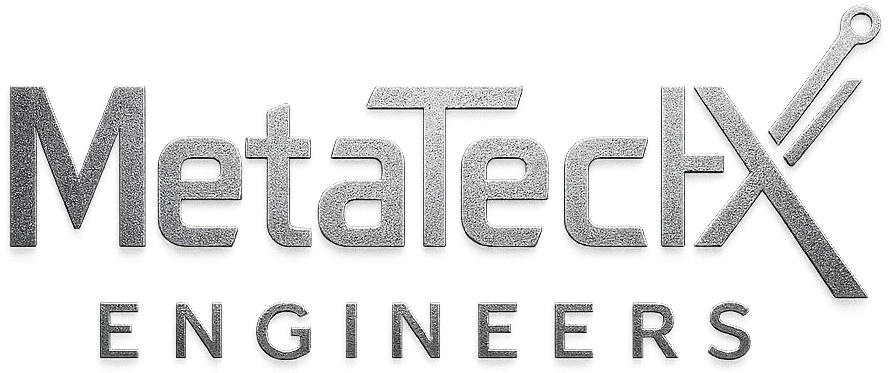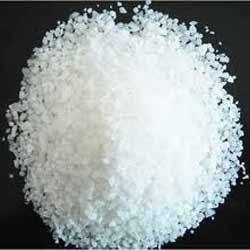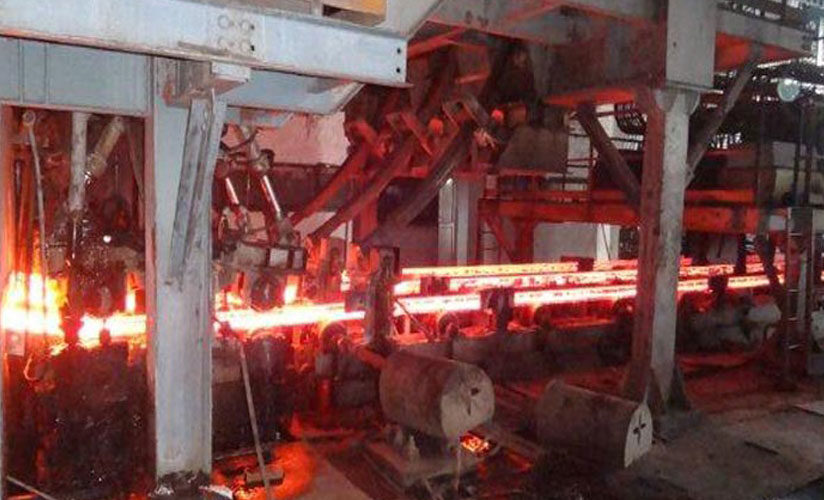Introduction
In the vast realm of steelmaking, acidic Ramming Mass plays an indispensable role. This exceptional material is used in induction furnaces to line the inner walls and protect them from the harsh conditions of intense heat and chemical reactions. It not only ensures the longevity of the furnace but also contributes to the production of high-quality steel. In this article, we will delve into the intricacies of acidic Ramming Mass – from its composition and manufacturing process to its advantages and limitations.
What is Acidic Ramming Mass and How is it Made?
Acidic Ramming Mass is a refractory lining material used in induction furnaces. It is made by combining a variety of granular materials, including high-quality silica, alumina, and other minerals. The proportions of these ingredients are meticulously determined to achieve the desired density and optimal lining characteristics.
The manufacturing process of acidic Ramming Mass is meticulous and requires expertise. Here is a step-by-step guide on how it is made:
- Material Selection: The quality and purity of the raw materials are crucial in ensuring the effectiveness of acidic Ramming Mass. Silica with a high degree of purity is selected as the primary component, along with other minerals like alumina.
- Mixing: The chosen materials are mixed in a precise ratio to achieve the desired properties. This mixing process requires expertise to ensure the homogeneity of the mixture.
- Moistening: A measured amount of water is added to the mixture, ensuring that it reaches the optimum moisture level for the subsequent steps.
- Ramming: The moistened mixture is carefully poured into the induction furnace, and a ramming tool is used to compact it firmly against the walls. This ensures a solid and uniform lining.
- Curing: The lined furnace is allowed to cure for a specific period. This enables the Ramming Mass to develop its ideal physical and chemical properties, including high temperature and corrosion resistance.
Advantages of Acidic Ramming Mass
Acidic Ramming Mass offers several significant advantages in the steel-making process. Let’s explore some of the key benefits:
- Excellent Thermal Stability: Acidic Ramming Mass exhibits exceptional thermal stability, enabling it to withstand the extreme temperatures generated during the steel-making process. This stability ensures the longevity of the furnace lining and reduces the need for frequent maintenance.
- High Resistance to Chemical Corrosion: The composition of acidic Ramming Mass imparts it with excellent resistance against chemical corrosion caused by molten metal and slag. This property safeguards the furnace lining from erosion, ensuring higher operational efficiency.
- Enhanced Steel Quality: The use of acidic Ramming Mass in the induction furnace contributes to the production of high-quality steel. The homogeneous and stable lining created by this material ensures consistent heat distribution, reducing the risk of steel contamination and improving the overall quality of the end product.
- Cost-Effective Solution: The longer lifespan and reduced maintenance requirements of the furnace lining due to the use of acidic Ramming Mass make it a cost-effective solution for steel manufacturers. The durability of this lining material helps in minimizing downtime and optimizing production efficiency.
Limitations of Acidic Ramming Mass
While acidic Ramming Mass offers numerous advantages, it is essential to be aware of its limitations as well. Some of the limitations include:
- Susceptibility to Moisture: Acidic Ramming Mass tends to absorb moisture from the environment, which can affect its physical properties. Therefore, it is crucial to store and handle this material in a dry environment to maintain its effectiveness.
- Limited Application: Acidic Ramming Mass is specifically designed for use in induction furnaces. Its application in other types of furnaces may not yield the desired results, as the composition and characteristics of the material may not be suitable.
- Alloy-Specific Requirements: Different steel alloys may require specific Ramming Mass compositions to achieve optimal results. Steel manufacturers need to consider these requirements when selecting and using acidic Ramming Mass.
- Curing Time: The curing process of acidic Ramming Mass takes a significant amount of time. This can impact the overall production timeline, requiring careful planning and scheduling.
In conclusion, acidic Ramming Mass is a crucial ingredient in the steel-making process, specifically in induction furnaces. Its exceptional properties, such as thermal stability and resistance to chemical corrosion, contribute to the production of high-quality steel. While it has certain limitations, careful handling and understanding of its specific requirements can help steel manufacturers optimize its benefits. By utilizing acidic Ramming Mass effectively, the steel industry can achieve better operational efficiency, cost-effectiveness, and consistent steel quality.




